Sustainable and Eco-friendly Yarn Practices
Introduction
I’ve touched upon Creative Ways To Use Yarn Scraps after you’ve finished a project, so let's talk about ways you can make sustainable and eco-friendly yarn practices when choosing new projects.
DISCLOSURE: This post contains affiliate links, meaning if you click on a product or service, and decide to purchase it, I may receive a commission at no extra cost to you. All recommended products and services are based on my experience with them. For more information, please read my Disclaimer.
Sourcing and Selection
Sustainable, when it comes to yarn, is thinking about where the yarn comes from and looking for yarn production that has lower impacts on the environment. Some terms and descriptions that can identify yarn as sustainable include:
- Made from recycled materials
- Biodegradable
- Production process uses less water, energy, and chemicals
- 100% natural fibers
Word to the wise, similar to “organic” labels and the controversy that has surrounded it in the past, be sure to research the yarn company and their practices to determine for yourself if it meets your personal standards. The idea is to obtain yarn from companies that ethically source their fiber and not from companies that participate in forced labor practices or that have a higher and more harmful footprint on the environment.
There are other ways you can figure out which fiber types are better in regards to sustainability practices than others. For example, comparing natural versus synthetic fibers, brand practices, etc.
Support ethical brands
You can do your best to be a sustainable and eco friendly creator by following and supporting ethical brands. Finding ethical brands can vary in difficulty depending on where you are in the world, but they are not impossible to find. Researching, asking questions, reading labels, and checking for fair trade certifications are all part of the process when looking for ethical brands. When you do find ethical brands you align with, do not be afraid to support the local small business and small scale producers that make/carry the brands as well as directly from the brand itself. Tell your friends, family, and share about these companies on social media to get the word out!
Certifications for sustainability
There are multiple certifications you can look for on the product labels or on the product company’s website that show they are ethically sourced, ethically produced, and that meet current standards for fair labor, animal welfare, environmental responsibility, and transparency.
- Fair Trade Certified
- Global Organic Textile Standard (GOTS)
- Responsible Wool Standard (RWS)
- Organic Content Standard (OCS)
- Oeko-Tex
- Global Recycled Standard (GRS)
- Recycled Claim Standard (RCS)
- Better Cotton Initiative (BCI)
- Worldwide Responsible Accredited Production (WRAP)
This is not a complete list, but it can give you an idea of things to look for or how to get more information on some of the certifications that are often used.
The Yarn Lifecycle
Most of the time we just walk into a store, see the yarn choices and make a decision on what we want to buy and use. But have you ever thought about what actually happens during a yarn’s lifecycle?
Check out the following video called From Cotton to Yarn: How It’s Made from History of Simple Things (give it a watch, it's interesting!)
The TL:DR version is approximately the following:
- Grow and harvest cotton
- Ginning: Separating the cotton fibers from the seeds and other plant material
- Cleaning and Carding: cleaning and creating a sliver of clean cotton fiber
- Spinning the Yarn
- Blending Cotton with Other Fibers (depending on the final product being made)
- Combing for quality and to make the fiber smoother and stronger
- Twisting/Plying/Spinning to create the final yarn product
- Dyeing the Yarn
- Quality Control
There is a lot that goes into processing yarn. Hopefully this will give you better insight into the process. Knowing the process can help you understand its impact on the consumer and the environment.
Yarn Alternatives
Some of the following are considered newer sustainable options that can be used for your projects:
- Recycled cotton
- Hemp yarn
- Bamboo yarn
- Yarn made from recycled plastics (yes these exist!)
- Thrift Unravelling: This is also a thing! There are creators out there who unravel sweaters found in thrift stores to use the yarn for new projects.
Caring for your handmade products
Check out my previous post about how to maintain and care for your crochet projects:
Crochet Care Guide: How to Wash, Block, and Maintain Your Creations
When you think about sustainability when caring for your handmade items, think more along the lines of delicate wash techniques, biodegradable detergents, other eco friendly cleaning practices, and air drying. The mentioned methods are not the only way to care for handmade items sustainably, so if you find a method that works better for you, then way to go!
Project Plan for Sustainability
Did you know you can actually plan for sustainability? It’s not just choosing the sustainable and eco friendly yarn you found that you want to use. You can also plan your projects using the following suggestions:
- Picking out timeless patterns that will last longer and match with more of what you already have when you decide to redecorate or change things up. Trends are just that…they are here one minute and gone the next, but timeless pieces are always a win.
- Exact yardage: try and get a better handle on how much yarn is actually needed for a project so there is less waste
- Design pieces that are meant to last a LONG time….think years! (Timeless pieces fit into this category!)
- Find ways to use yarn scraps and pieces from other projects
Sustainable and Eco-friendly Brands
Here are some sustainable and eco-friendly yarn brands that I have come across recently:
- Organic Cotton Plus
- Lion Brand (Sustainable Stitching)
- Darn Good Yarn
- Wool and the Gang
- Cascade Yarns
- Malabrigo
- We are Knitters
- Knit with Attitude
Other companies have eco-friendly yarn options such as Loops and Threads, Patons, and Premier Yarn. Some of their websites allow you to shop in their yarn section and filter out the yarn that is eco-friendly, recycle, certified, etc. (Filter options are based on the design of the company’s website and the yarns they have available during your time of search).
Conclusion
I know this is A LOT of information, but if you are looking to make a positive impact on the projects you make, the above material is definitely worth considering. If you are a creator with a customer base, you can also highlight the sustainability and eco-friendliness of the yarn and materials used in the products you make. Everyone loves a great handmade item that was nice to the environment when being made. As I say in many of my posts, consider the information provided and do what works best for you! Now go forth and create!!
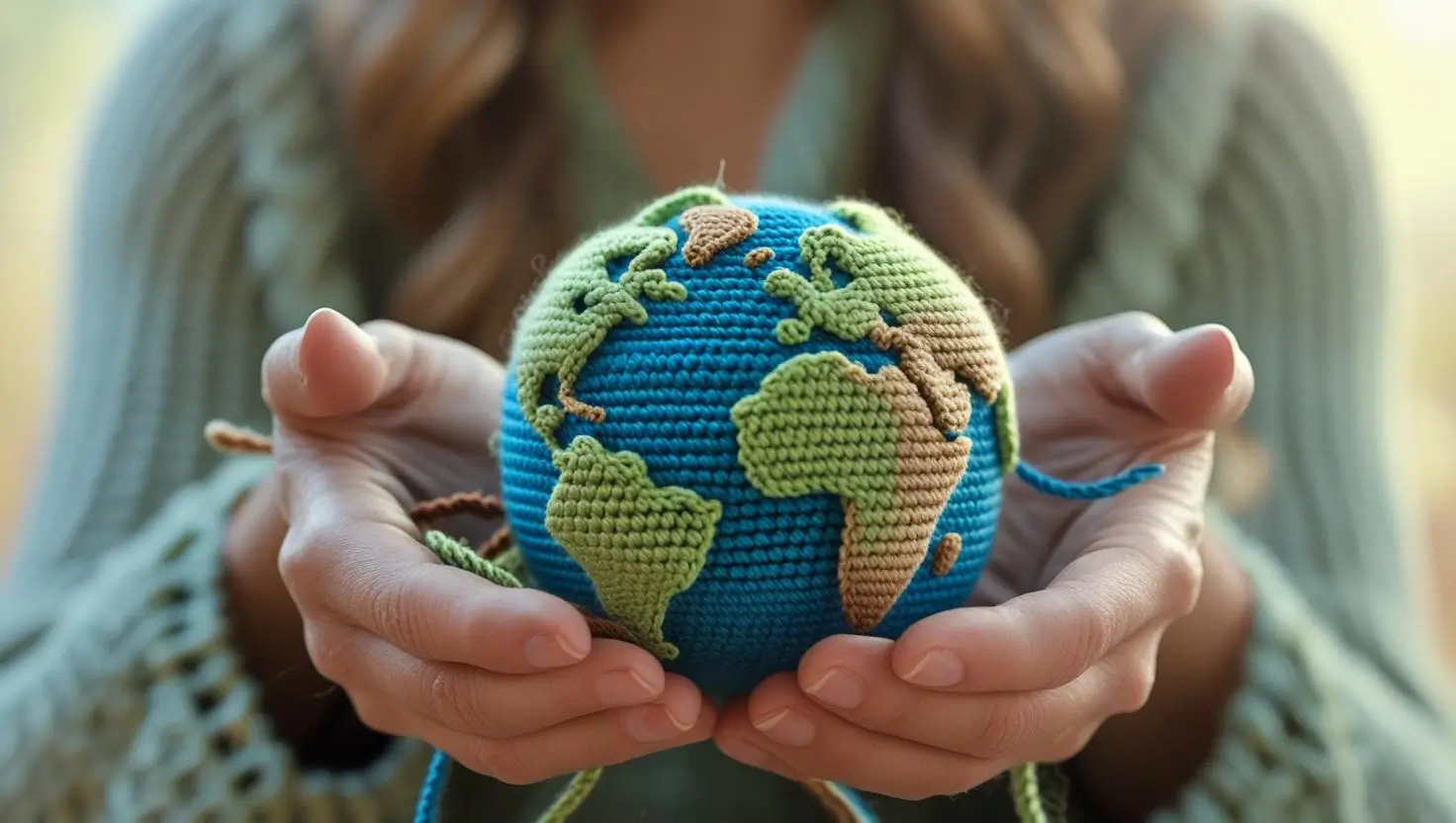
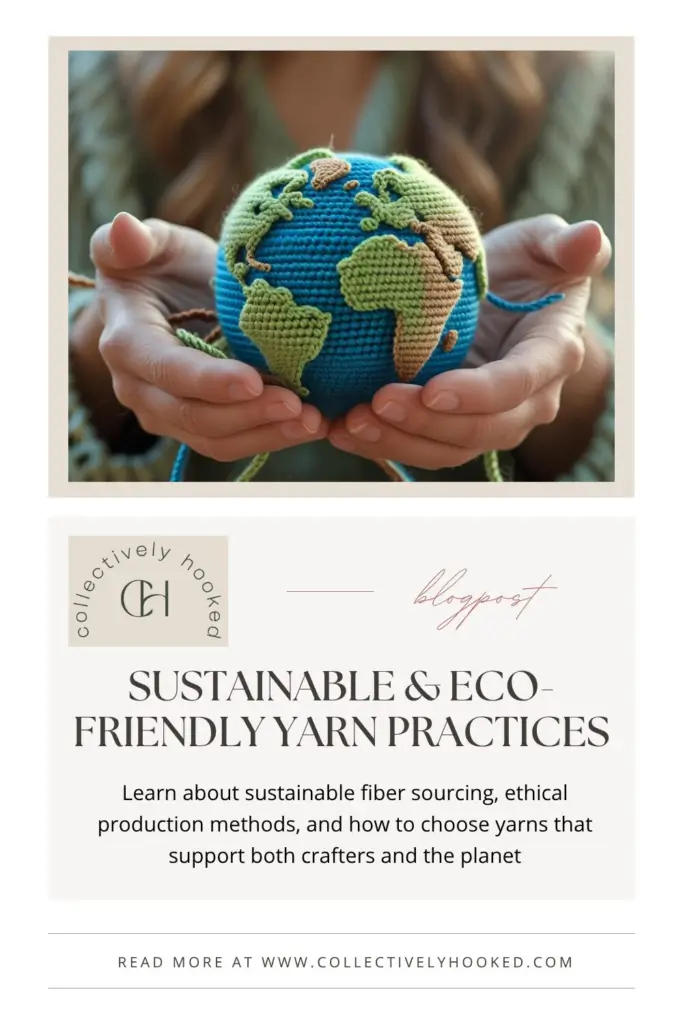
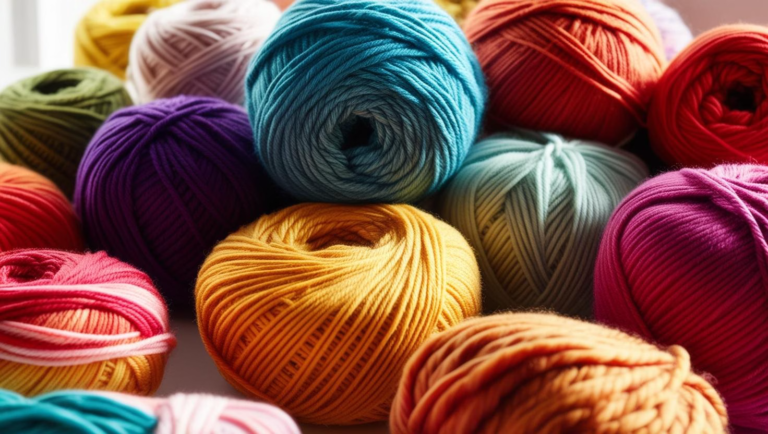

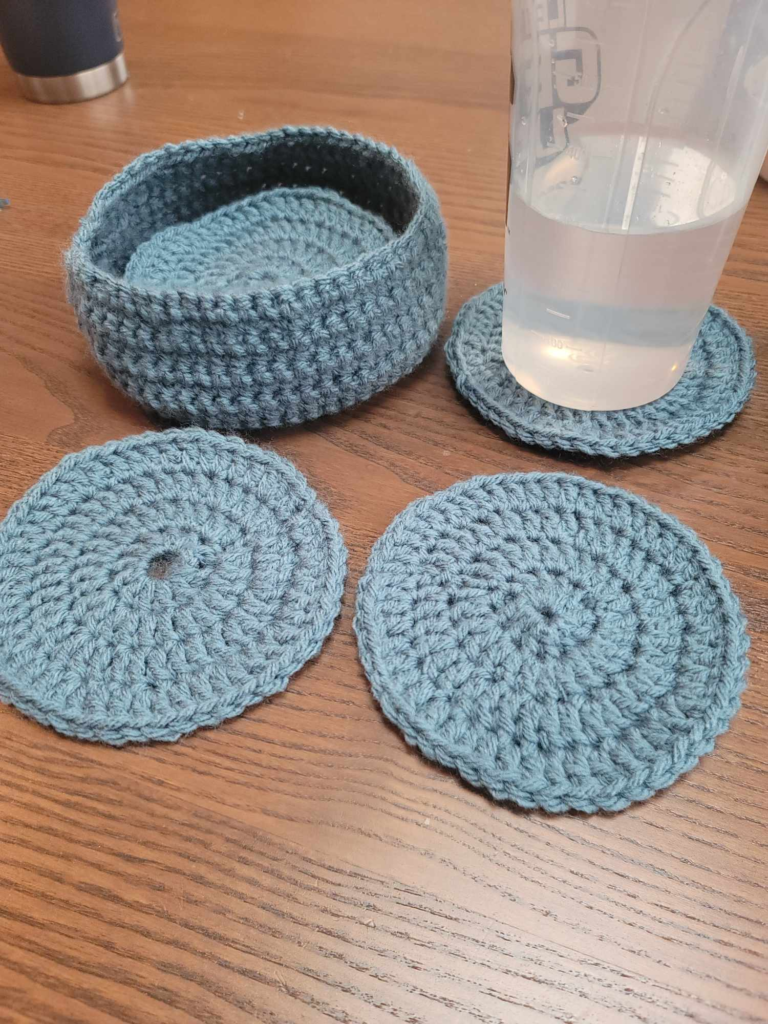
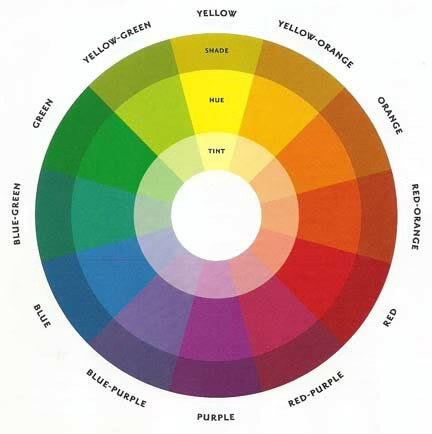
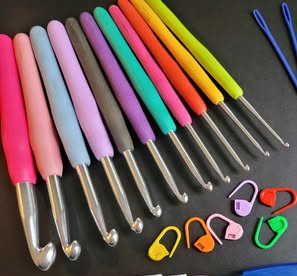
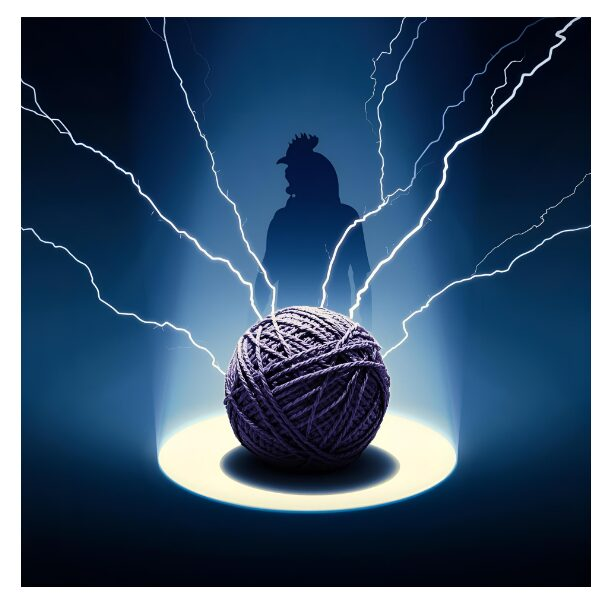
Interesting post and important things to know! Thanks so much for the tips!
Happy to help! Thanks for reading 🙂
I love how this breaks down what makes yarn sustainable! It’s all about being mindful of where the yarn comes from and how it’s made. Recycled materials, biodegradable options, and eco-friendly production are all good signs. Just like with “organic” labels, it’s smart to double-check the company’s practices to make sure they’re really living up to those green claims.
Absolutely! Thanks for reading!
It’s nice to see conversations about sustainability making their way into the fiber arts community. I hadn’t realized the impact our yarn choices could have. This post inspired me to be more mindful when I’m planning future projects. Thanks for shedding light on an important topic.
Anything we can do, no matter how big or small, can help. Thanks for reading!